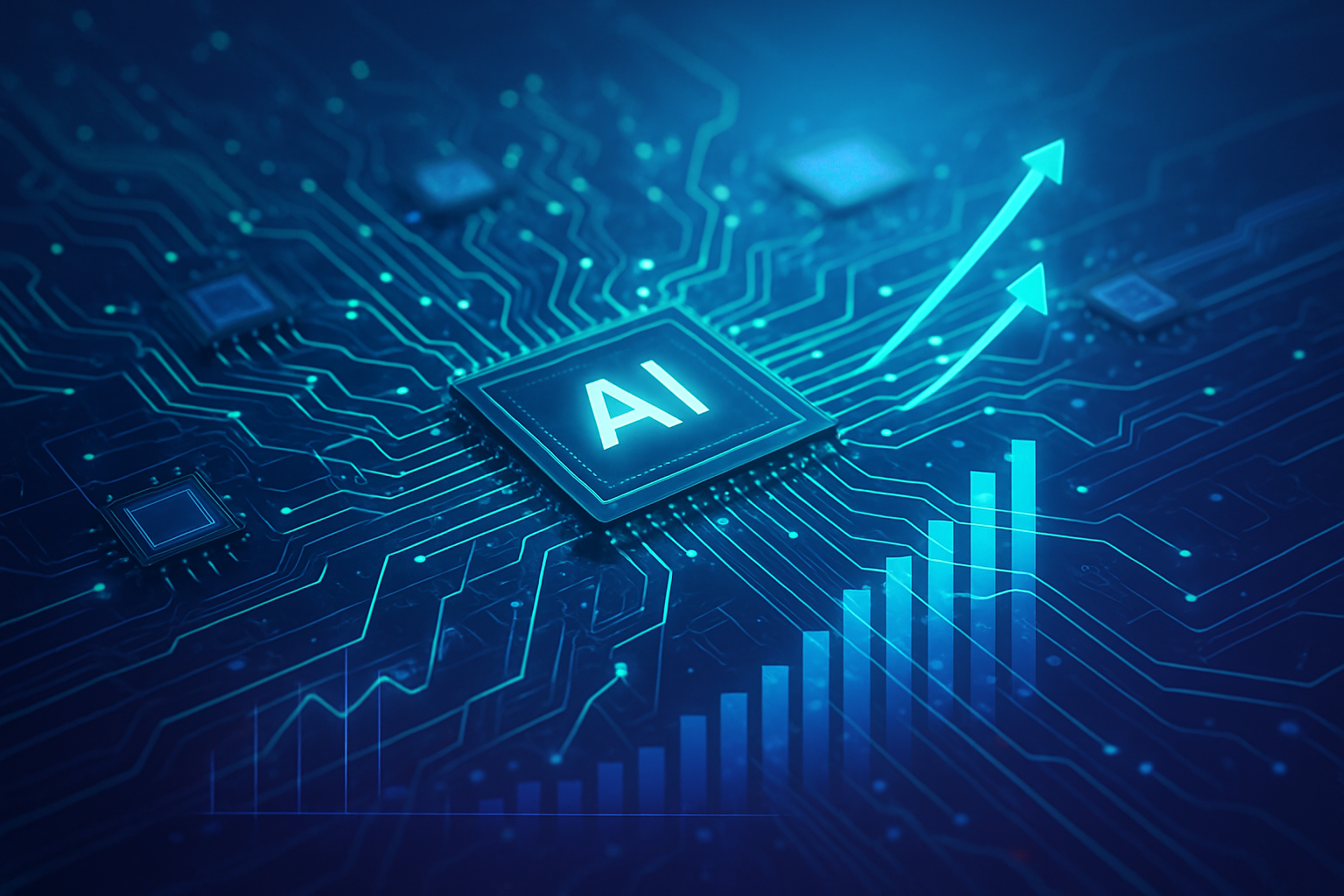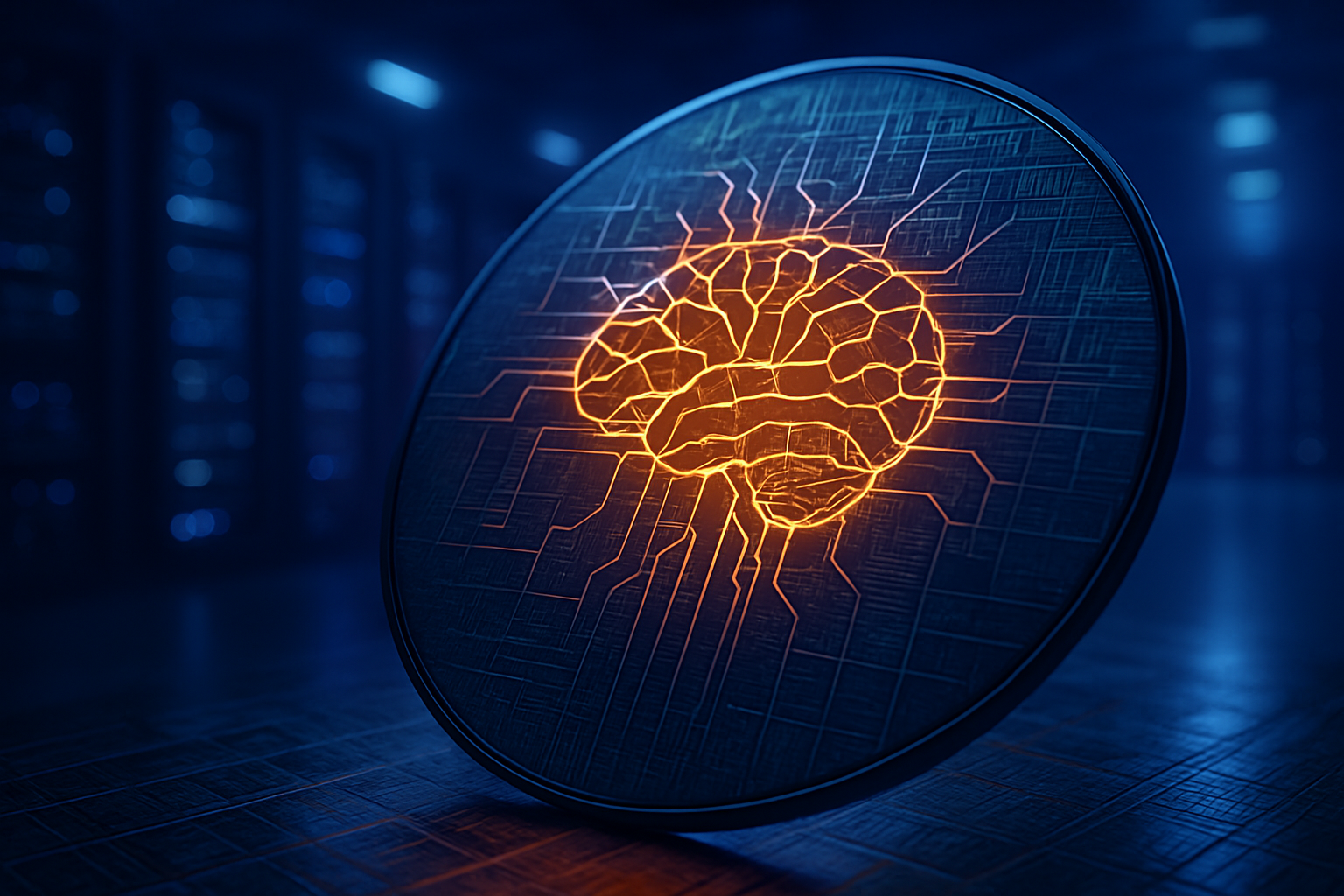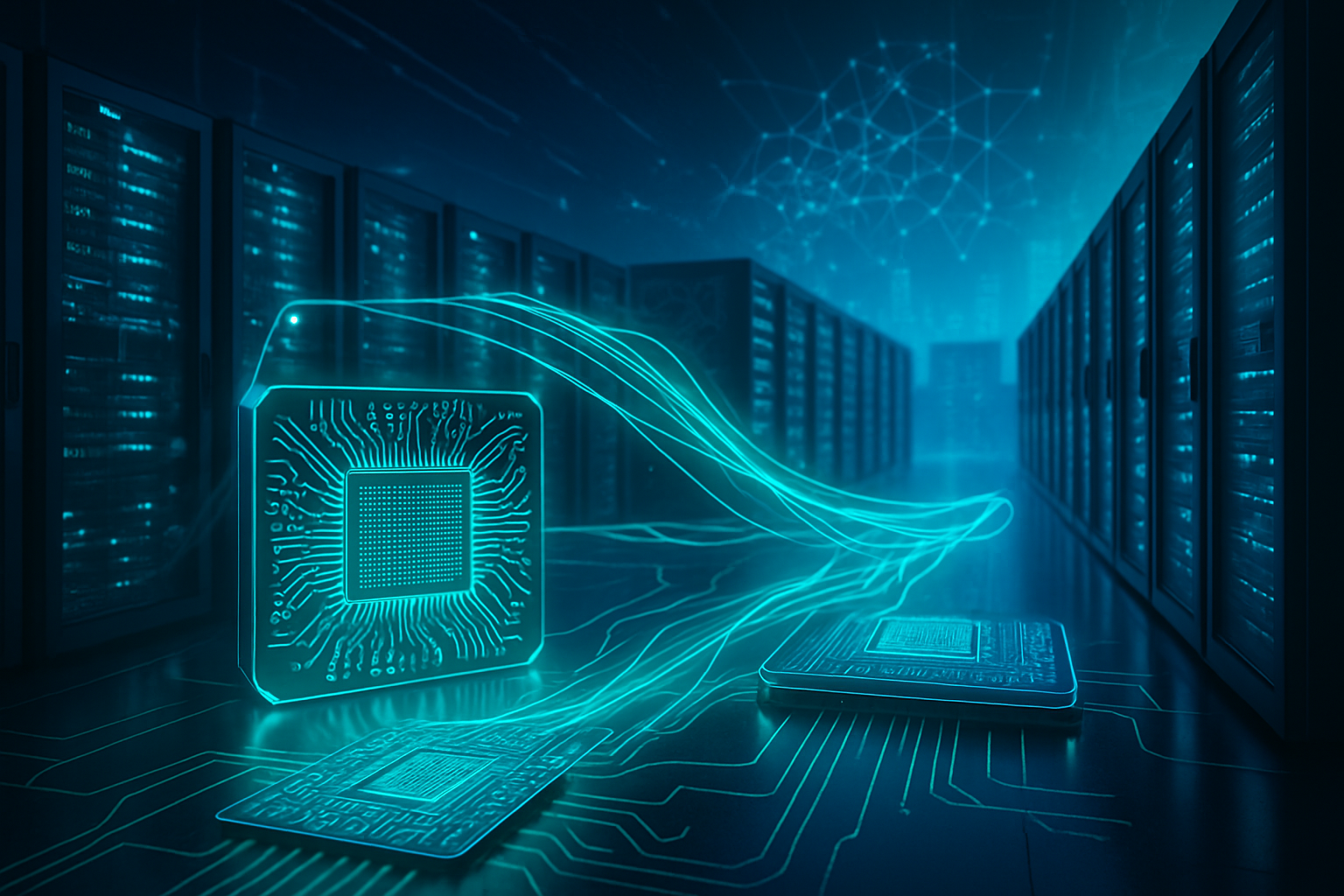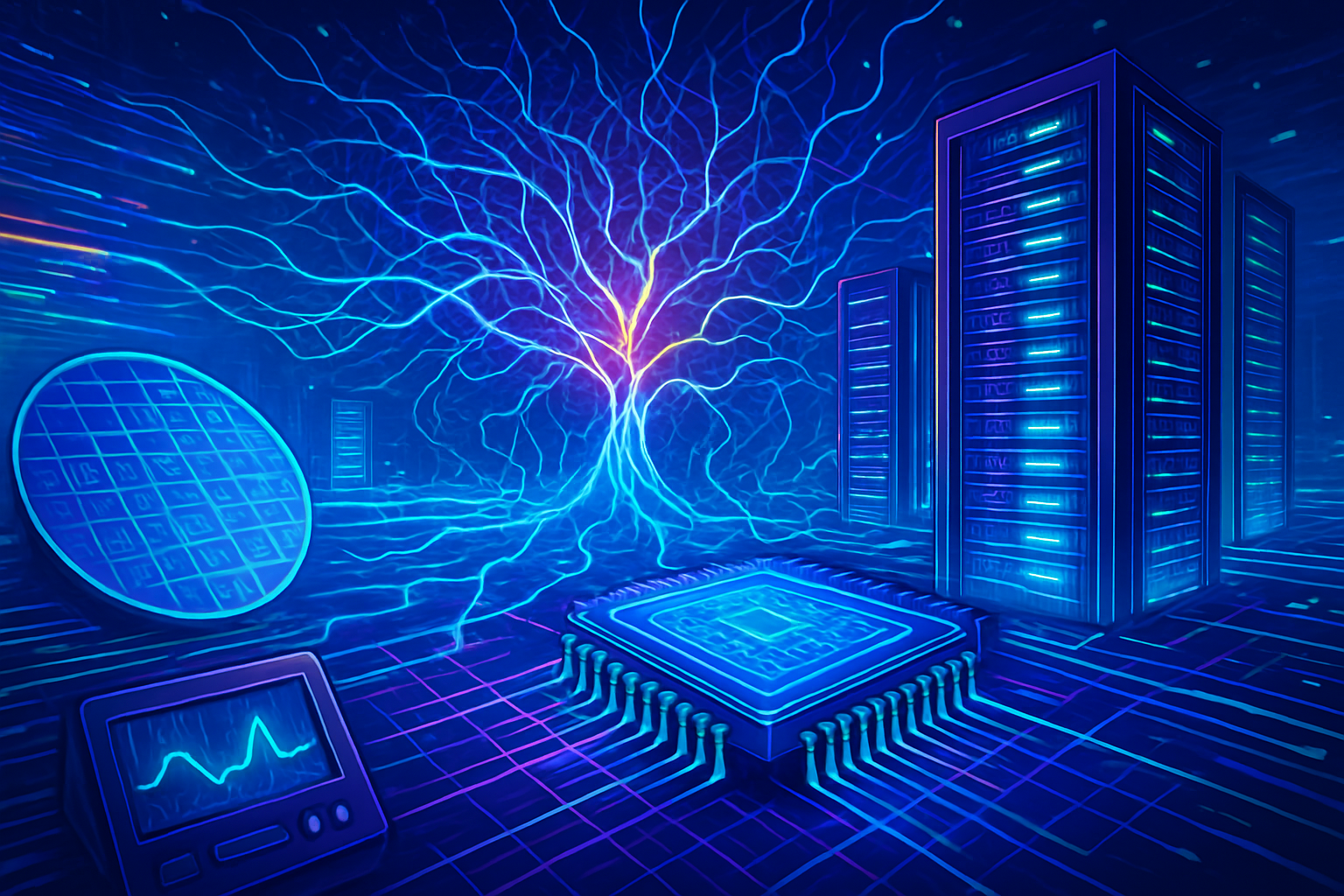The global semiconductor industry is experiencing a powerful resurgence, demonstrating robust financial health and setting new benchmarks for growth as of late 2024 and heading into 2025. This vitality is largely fueled by an unprecedented demand for advanced chips, particularly those powering the burgeoning fields of Artificial Intelligence (AI) and High-Performance Computing (HPC). At the forefront of this expansion are key players in semiconductor manufacturing equipment and test systems, such as KLA Corporation (NASDAQ: KLAC) and Aehr Test Systems (NASDAQ: AEHR), whose positive performance indicators underscore the sector's economic dynamism and optimistic future prospects.
The industry's rebound from a challenging 2023 has been nothing short of remarkable, with global sales projected to reach an impressive $627 billion to $630.5 billion in 2024, marking a significant year-over-year increase of approximately 19%. This momentum is set to continue, with forecasts predicting sales of around $697 billion to $700.9 billion in 2025, an 11% to 11.2% jump. The long-term outlook is even more ambitious, with the market anticipated to exceed a staggering $1 trillion by 2030. This sustained growth trajectory highlights the critical role of the semiconductor ecosystem in enabling technological advancements across virtually every industry, from data centers and automotive to consumer electronics and industrial automation.
Precision and Performance: KLA and Aehr's Critical Contributions
The intricate dance of chip manufacturing and validation relies heavily on specialized equipment, a domain where KLA Corporation and Aehr Test Systems excel. KLA (NASDAQ: KLAC), a global leader in process control and yield management solutions, reported fiscal year 2024 revenue of $9.81 billion, a modest decline from the previous year due to macroeconomic headwinds. However, the company is poised for a significant rebound, with projected annual revenue for fiscal year 2025 reaching $12.16 billion, representing a robust 23.89% year-over-year growth. KLA's profitability remains industry-leading, with gross margins hovering around 62.5% and operating margins projected to hit 43.11% for the full fiscal year 2025. This financial strength is underpinned by KLA's near-monopolistic control of critical segments like reticle inspection (85% market share) and a commanding 60% share in brightfield wafer inspection. Their comprehensive suite of tools, essential for identifying defects and ensuring precision at advanced process nodes (e.g., 5nm, 3nm, and 2nm), makes them indispensable as chip complexity escalates.
Aehr Test Systems (NASDAQ: AEHR), a prominent supplier of semiconductor test and burn-in equipment, has navigated a dynamic period. While fiscal year 2024 saw record annual revenue of $66.2 million, fiscal year 2025 experienced some revenue fluctuations, primarily due to customer pushouts in the silicon carbide (SiC) market driven by a temporary slowdown in Electric Vehicle (EV) demand. However, Aehr has strategically pivoted, securing significant follow-on volume production orders for its Sonoma systems for AI processors from a lead production customer, a "world-leading hyperscaler." This new market opportunity for AI processors is estimated to be 3 to 5 times larger than the silicon carbide market, positioning Aehr for substantial future growth. While SiC wafer-level burn-in (WLBI) accounted for 90% of Aehr's revenue in fiscal 2024, this share dropped to less than 40% in fiscal 2025, underscoring the shift in market focus. Aehr's proprietary FOX-XP and FOX-NP systems, offering full wafer contact and singulated die/module test and burn-in, are critical for ensuring the reliability of high-power SiC devices for EVs and, increasingly, for the demanding reliability needs of AI processors.
Competitive Edge and Market Dynamics
The current semiconductor boom, particularly driven by AI, is reshaping the competitive landscape and offering strategic advantages to companies like KLA and Aehr. KLA's dominant market position in process control is a direct beneficiary of the industry's move towards smaller nodes and advanced packaging. As chips become more complex and integrate technologies like 3D stacking and chiplets, the need for precise inspection and metrology tools intensifies. KLA's advanced packaging and process control demand is projected to surge by 70% in 2025, with advanced packaging revenue alone expected to exceed $925 million in calendar 2025. The company's significant R&D investments (over 11% of revenue) ensure its technological leadership, allowing it to develop solutions for emerging challenges in EUV lithography and next-generation manufacturing.
For Aehr Test Systems, the pivot towards AI processors represents a monumental opportunity. While the EV market's temporary softness impacted SiC orders, the burgeoning AI infrastructure demands highly reliable, customized chips. Aehr's wafer-level burn-in and test solutions are ideally suited to meet these stringent reliability requirements, making them a crucial partner for hyperscalers developing advanced AI hardware. This strategic diversification mitigates risks associated with a single market segment and taps into what is arguably the most significant growth driver in technology today. The acquisition of Incal Technology further bolsters Aehr's capabilities in the ultra-high-power semiconductor market, including AI processors. Both companies benefit from the overall increase in Wafer Fab Equipment (WFE) spending, which is projected to see mid-single-digit growth in 2025, driven by leading-edge foundry, logic, and memory investments.
Broader Implications and Industry Trends
The robust health of the semiconductor equipment and test sector is a bellwether for the broader AI landscape. The unprecedented demand for AI chips is not merely a transient trend but a fundamental shift driving technological evolution. This necessitates massive investments in manufacturing capacity, particularly for advanced nodes (7nm and below), which are expected to increase by approximately 69% from 2024 to 2028. The surge in demand for High-Bandwidth Memory (HBM), crucial for AI accelerators, has seen HBM growth of 200% in 2024, with another 70% increase expected in 2025. This creates a virtuous cycle where advancements in AI drive demand for more sophisticated chips, which in turn fuels the need for advanced manufacturing and test equipment from companies like KLA and Aehr.
However, this rapid expansion is not without its challenges. Bottlenecks in advanced packaging, photomask production, and substrate materials are emerging, highlighting the delicate balance of the global supply chain. Geopolitical tensions are also accelerating onshore investments, with an estimated $1 trillion expected between 2025 and 2030 to strengthen regional chip ecosystems and address talent shortages. This compares to previous semiconductor booms, but with an added layer of complexity due to the strategic importance of AI and national security concerns. The current growth cycle appears more structurally driven by fundamental technological shifts (AI, electrification, IoT) rather than purely cyclical demand, suggesting a more sustained period of expansion.
The Road Ahead: Innovation and Expansion
Looking ahead, the semiconductor equipment and test sector is poised for continuous innovation and expansion. Near-term developments include the ramp-up of 2nm technology, which will further intensify the need for KLA's cutting-edge inspection and metrology tools. The evolution of HBM, with HBM4 expected in late 2025, will also drive demand for advanced test solutions from companies like Aehr. The ongoing development of chiplet architectures and heterogeneous integration will push the boundaries of advanced packaging, a key growth area for KLA.
Experts predict that the industry will continue to invest heavily in R&D and capital expenditures, with about $185 billion allocated for capacity expansion in 2025. The shift towards AI-centric computing will accelerate the development of specialized processors and memory, creating new markets for test and burn-in solutions. Challenges remain, including the need for a skilled workforce, navigating complex export controls (especially impacting companies with significant exposure to the Chinese market, like KLA), and ensuring supply chain resilience. However, the overarching trend points towards a robust and expanding industry, with innovation at its core.
A New Era of Chipmaking
In summary, the semiconductor ecosystem is in a period of unprecedented growth, largely propelled by the AI revolution. Companies like KLA Corporation and Aehr Test Systems are not just participants but critical enablers of this transformation. KLA's dominance in process control and yield management ensures the quality and efficiency of advanced chip manufacturing, while Aehr's specialized test and burn-in solutions guarantee the reliability of the high-power semiconductors essential for EVs and, increasingly, AI processors.
The key takeaways are clear: the demand for advanced chips is soaring, driving significant investments in manufacturing capacity and equipment. This era is characterized by rapid technological advancements, strategic diversification by key players, and an ongoing focus on supply chain resilience. The performance of KLA and Aehr serves as a powerful indicator of the sector's health and its profound impact on the future of technology. As we move into the coming weeks and months, watching the continued ramp-up of AI chip production, the development of next-generation process nodes, and strategic partnerships within the semiconductor supply chain will be crucial. This development marks a significant chapter in AI history, underscoring the foundational role of hardware in realizing the full potential of artificial intelligence.
This content is intended for informational purposes only and represents analysis of current AI developments.
TokenRing AI delivers enterprise-grade solutions for multi-agent AI workflow orchestration, AI-powered development tools, and seamless remote collaboration platforms.
For more information, visit https://www.tokenring.ai/.



